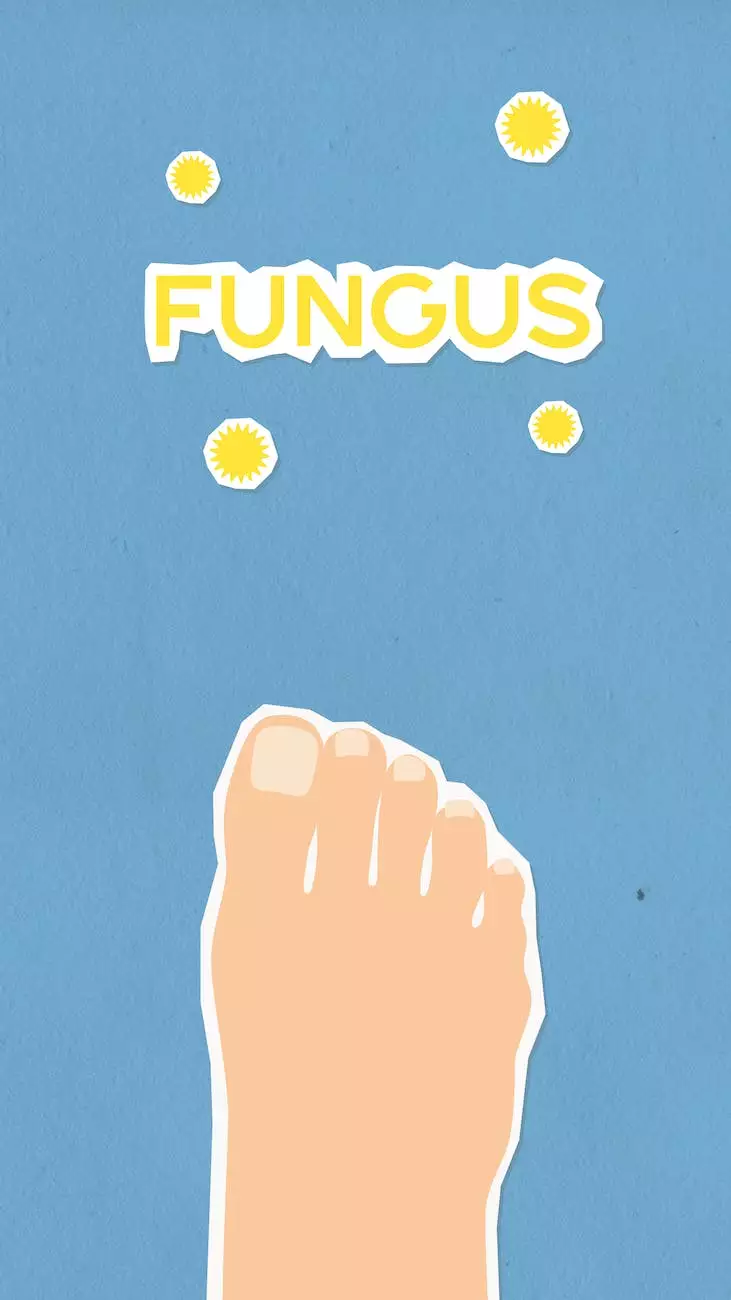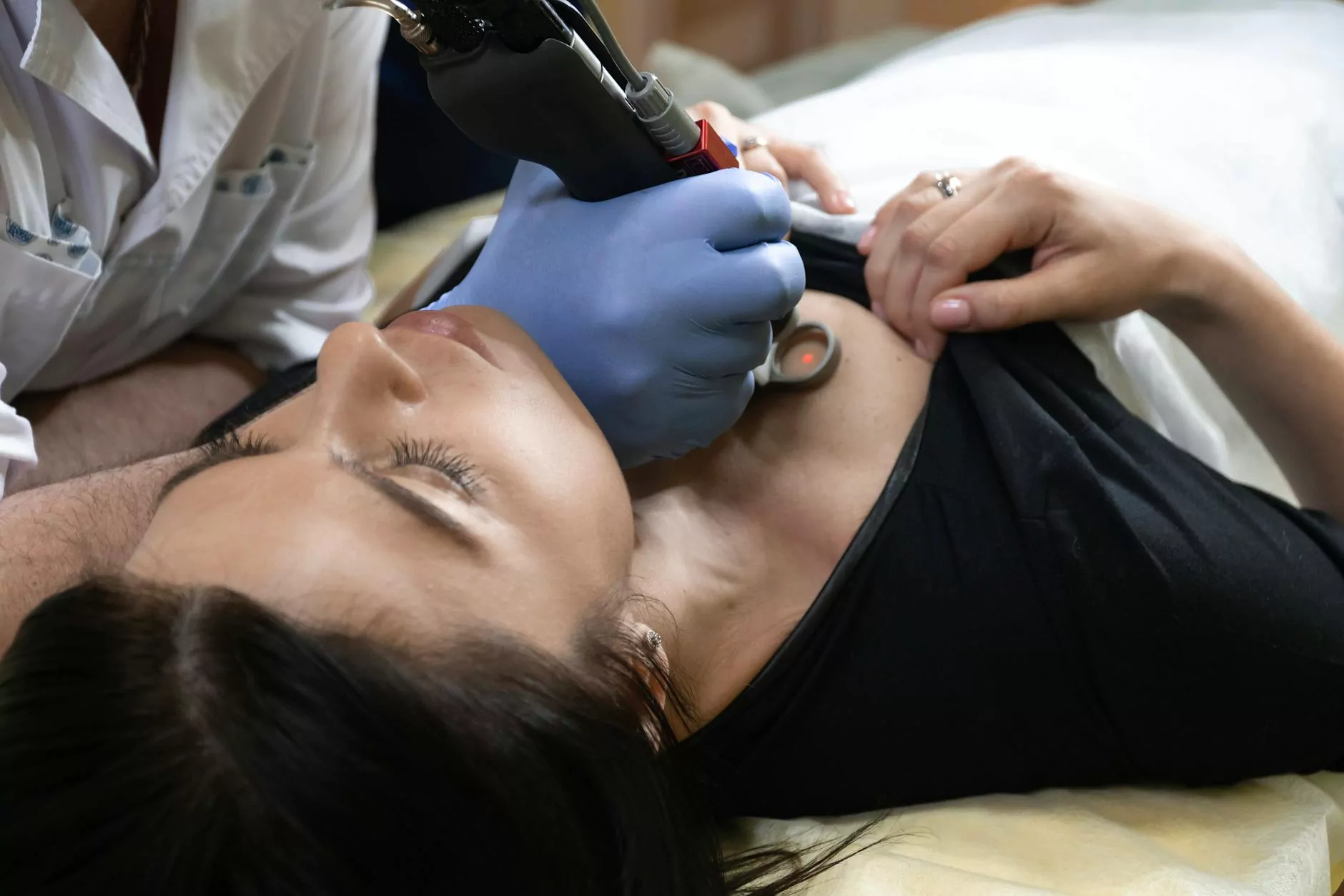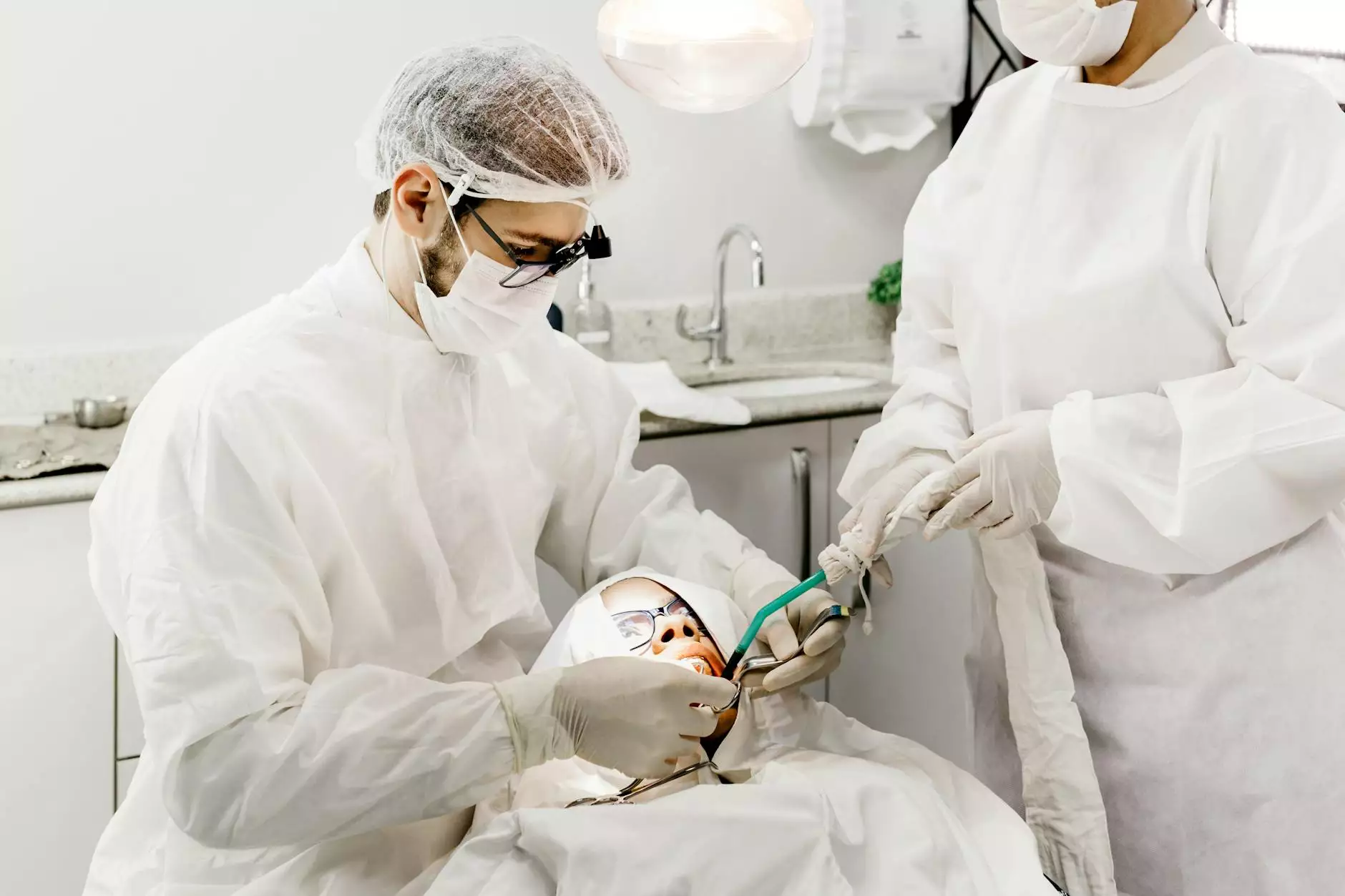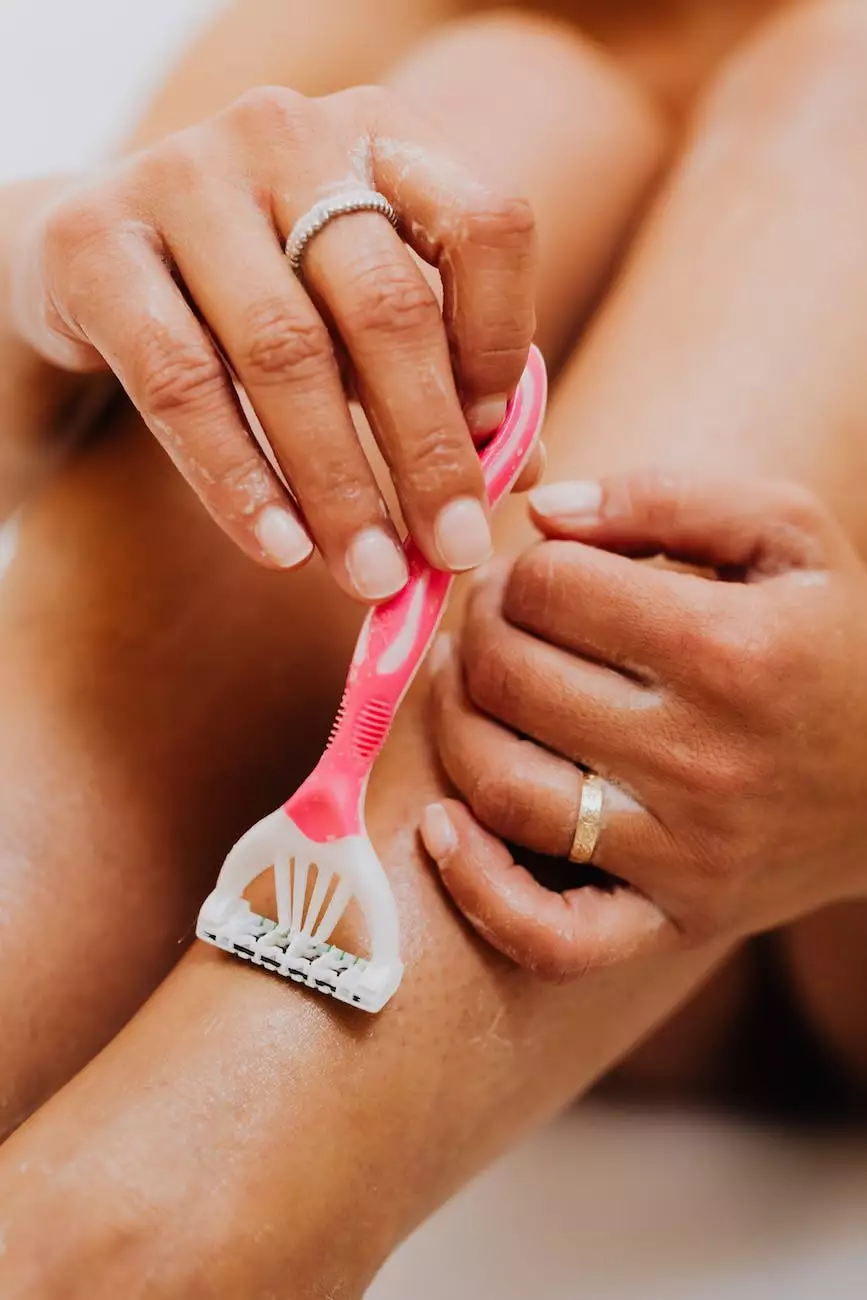Nail Fungus: Causes, Symptoms, Prevention, and Treatments
Skin Care
Introduction
Welcome to the page dedicated to nail fungus, brought to you by Smith, Arthur F, MD – an expert in health. Nail fungus, also known as onychomycosis, is a common condition affecting many individuals, causing distress and discomfort. This comprehensive guide aims to educate you on the causes, symptoms, prevention, and innovative treatments available for nail fungus.
Understanding Nail Fungus
Nail fungus is a fungal infection that primarily affects the nails, particularly toenails. It can lead to discoloration, thickening, and crumbling of the nails, causing pain and embarrassment. The condition often starts as a small white or yellow spot under the tip of the nail and progressively worsens if left untreated.
Causes
There are various factors that contribute to the development of nail fungus. These include:
- Prolonged exposure to warm and moist environments, such as public swimming pools or communal showers, where fungi thrive
- Wearing tight-fitting shoes or hosiery that doesn't allow proper ventilation
- Having a compromised immune system
- Diabetes or poor blood circulation
- Injuries to the nail or skin around the nail, which can provide an entry point for fungal infections
- Personal hygiene habits, such as not keeping nails clean and trimmed
Symptoms
Recognizing the symptoms of nail fungus is crucial for early detection and treatment. Common signs and symptoms include:
- Discoloration of the nail, ranging from yellow to dark brown
- Thickened, brittle, or crumbly nails
- Distorted nail shape
- Unpleasant odor
- Nail lifting from the nail bed
- Pain or discomfort while walking or wearing shoes
Prevention
Preventing nail fungus is key to maintaining healthy nails. Here are some preventive measures:
- Keep nails clean and dry
- Avoid walking barefoot in public areas
- Choose breathable shoes made of natural materials
- Use antifungal sprays or powders on your feet and inside your shoes
- Avoid using nail polish or artificial nails for prolonged periods
- Regularly disinfect nail clippers and other nail tools
Treatment Options
At Smith, Arthur F, MD, we offer innovative and effective treatments for nail fungus. Depending on the severity and extent of the infection, our expert team may recommend one or more of the following:
Topical Treatments
Topical antifungal medications are applied directly to the affected nails and surrounding skin. These medications help eliminate the fungus and improve the appearance of the nails over time.
Oral Medications
In some cases, oral antifungal medications may be prescribed to reach the infection through the bloodstream. These medications can effectively treat nail fungus, but they may have certain side effects.
Laser Treatment
Smith, Arthur F, MD specializes in advanced laser treatments for nail fungus. This cutting-edge technology targets the fungus without causing harm to the surrounding healthy tissues. Laser treatment is safe, painless, and typically requires multiple sessions for optimal results.
Surgical Intervention
In severe cases where nail fungus causes significant pain and impairs daily activities, surgical intervention may be considered. This involves the removal of the infected nail, allowing a new, healthy nail to grow in its place.
Conclusion
Don't let nail fungus disrupt your life. With Smith, Arthur F, MD, you can find comprehensive information about nail fungus, its causes, symptoms, prevention methods, and innovative treatment options.
If you suspect you have nail fungus or would like more information, contact Smith, Arthur F, MD today for a consultation. Our experienced team is here to support you in achieving healthier, fungus-free nails.










